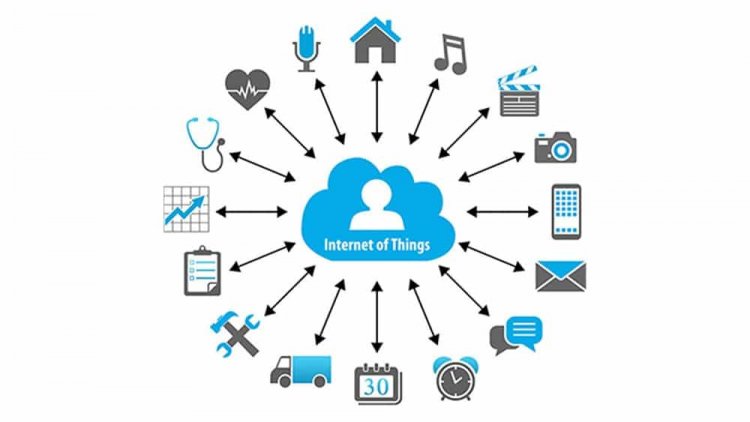Internet of Things (IoT)

What Is Internet Of Things ?
Another promising new technology trend is IoT. Many “things” are now being built with WiFi connectivity, meaning they can be connected to the Internet—and to each other. Hence, the Internet of Things, or IoT. The Internet of Things is the future, and has already enabled devices, home appliances, cars and much more to be connected to and exchange data over the Internet.
What It Can Do ?
As consumers, we’re already using and benefitting from IoT. We can lock our doors remotely if we forget to when we leave for work and preheat our ovens on our way home from work, all while tracking our fitness on our Fitbits. However, businesses also have much to gain now and in the near future. The IoT can enable better safety, efficiency and decision-making for businesses as data is collected and analyzed. It can enable predictive maintenance, speed up medical care, improve customer service, and offer benefits we haven’t even imagined yet.
And we’re only in the beginning stages of this new technology trend: Forecasts suggest that by 2030 around 50 billion of these IoT devices will be in use around the world, creating a massive web of interconnected devices spanning everything from smartphones to kitchen appliances. The global spending on the Internet of Things (IoT) is forecast to reach 1.1 trillion U.S. dollars in 2022. New technologies such as 5G is expected to drive market growth in the coming years.
How It Works.
An IoT ecosystem consists of web-enabled smart devices that use embedded systems, such as processors, sensors and communication hardware, to collect, send and act on data they acquire from their environments. IoT devices share the sensor data they collect by connecting to an IoT gateway or other edge device where data is either sent to the cloud to be analyzed or analyzed locally. Sometimes, these devices communicate with other related devices and act on the information they get from one another. The devices do most of the work without human intervention, although people can interact with the devices -- for instance, to set them up, give them instructions or access the data.
Why It Is Important.
The internet of things helps people live and work smarter, as well as gain complete control over their lives. In addition to offering smart devices to automate homes, IoT is essential to business. IoT provides businesses with a real-time look into how their systems really work, delivering insights into everything from the performance of machines to supply chain and logistics operations.
IoT enables companies to automate processes and reduce labor costs. It also cuts down on waste and improves service delivery, making it less expensive to manufacture and deliver goods, as well as offering transparency into customer transactions.
As such, IoT is one of the most important technologies of everyday life, and it will continue to pick up steam as more businesses realize the potential of connected devices to keep them competitive.
What You Must Learn ?
And if you wish to step foot in this trending technology, you will have to learn about Information security, AI and machine learning fundamentals, networking, hardware interfacing, data analytics, automation, understanding of embedded systems, and must have device and design knowledge.
REFERENCE:
Gillis, A. S. (2020, February 11). internet of things (IoT). IoT Agenda. https://internetofthingsagenda.techtarget.com/definition/Internet-of-Things-IoT
Cass, J. (2021, January 10). Internet of Things: What It Is, How It Works, Examples and More. JUSTTM Creative. https://justcreative.com/internet-of-things-explained/
















